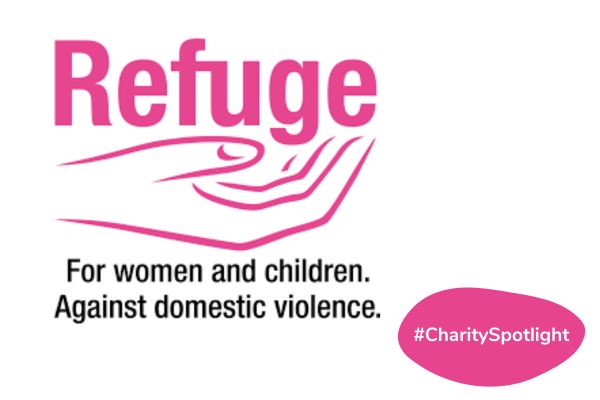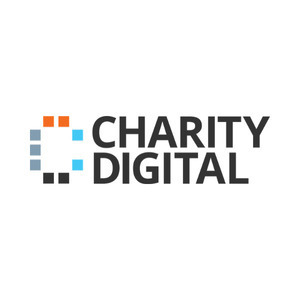Insights
INSIGHTS
All Topics
My Account
How to succeed with empathetic marketing
22 Aug 2023by Josie Sparling
How to foster a connection with your audience with empathetic marketing
Often operating with restricted funds and high moral stakes, charities are under pressure to get marketing right every time. Absorbing empathy into your strategy simplifies this process while giving you the opportunity to foster a long-term connection with your audience. Below we discuss how.
Understand your audience
Empathy is understanding and being able to share the feelings of another person. True empathy involves meeting others where they are. Here are some ways to help you understand your audience.
Listen to them
To understand your audience, you must listen to them. That may involve user research methods such as card sorting, user interviews, user testing, and user personas.
Often, when we think we are being empathetic, we are actually imposing our own biases, personal preferences, and motivations onto other people. Research has found that being aware of this tendency is one way to reduce its occurrence. Another way, the research suggests, could be to embrace team decision-making.
When researching your audience, try to understand why things are being said. Use your marketing to address the motivations and underlying feelings that is revealed by your user research.
Remember that we are all human
Although in marketing we may rarely interact with our audience face-to-face, it is important not to forget that when we send out messages, they are going to real human beings – not numbers or data points. In this way, we have both an opportunity and responsibility for positive impact through the marketing we use.
Consider what you can do to engage current and future beneficiaries and supporters of your cause on a human level. What do they find exciting, relevant, and beneficial? Tapping into that will make it easier for all parties to remember your charity and continue to engage with it in a mutually beneficial way.
Show respect for all parties
Your audience will likely consist of both beneficiaries and supporters of your cause. Show respect for both parties by representing your beneficiaries in an accurate and empowering way, and be considerate in the way you address supporters and potential supporters, too.
Making sure your tone is appropriate is one important approach. Ensure your advertising is engaging and compelling. If you use shock value, ensure it is well-considered – and think about how you may be able to use other approaches such as humour or being educational. Always balance the need for attention for your cause with accuracy and respect for all involved.
Be mindful of the world around us
It is also important to be aware of what is going on in the world when you approach your marketing, as supporters and potential supporters will likely be facing their own challenges. In 2022, many people in the UK are affected by the cost-of-living crisis, for example.
It is important to be sensitive to the fact that everyone is experiencing different challenges, and not everyone can always prioritise giving to charity. In times of widespread difficulty, being less forceful in your marketing may help people trust you long-term and support you later.
In these times, people may be more likely to give what they do have when your marketing has a more hopeful tone. Being aware of what type of messages people can emotionally take on in hard times will likely be appreciated.
Help your audience understand you
Know your value
You have to understand yourself before you can ask others to understand you. For charities, identifying all the different ways you give value is key.
This includes the value you provide to your beneficiaries or cause area, but also to wider society, and to supporters and donors as individuals. Reaching an understanding of how you genuinely offer value on different levels will help you use your marketing to show your audience this, helping you to motivate and inspire people to give their support.
Show that you are human too
To help your audience understand you, show your ‘human side’. This could include your charity’s values, your staff and volunteers, and personal testimonials of your charitable work. Being clear about your vision for a better world also helps people understand your motivations and get on board.
Be clear and transparent
Your audience can understand you best if your communications are as clear as possible. Avoid using long, difficult words and jargon, and be transparent about your organisation and its operations. If your charity makes a mistake, take responsibility. This comes across as authentic, shows that you are trying your best, and displays empathy as you are showing that you understand the feelings of others.
Part of being clear is also making sure your marketing tools are as accessible as possible – for example using simple fonts, using captions or auto-captioning for videos, and using content and trigger warnings.
Get creative
Examples of empathetic marketing in the commercial world can give us some fresh inspiration of how to approach it in the charity context.
Lush’s marketing creatively feeds people’s curiosity through videos showing how their products are made. Your charity can use this as inspiration by using marketing based on the elements of your message or operations that might spark the curiosity of your intended audience.
For certain charitable purposes, using humour may be appropriate. An example of empathetic humour in marketing is Jet Blue’s ‘Flight Etiquette’ series. The company expresses empathy with their audience by poking fun at the annoying things about travelling by plane. Empathising through humour, if done with care, could be a powerful way for your charity to connect with beneficiaries and supporters – as well as potentially being educational for some.
Charities can also make the most of interactive marketing methods. For example, Microsoft produced an interactive infographic explaining the issue of data security by putting the user in the position of someone trying to complete a data heist. This shows that the company has understood the gap in knowledge and is providing tools to address it.
Charities could emulate Microsoft’s marketing approach as it can get people involved in your cause through providing educational value.
Extra has used a similar approach with a different outcome: using an interactive website, the company provided a space for people to capture and share their own memories, encouraging them to be aware and celebratory of intimate moments. This type of interactivity may be useful to your charity as it could give a space for people to express themselves and interact with both the charity and each other.
These interactive approaches could not only function as a marketing tool to raise awareness of your cause, but also as an element of your service itself if it serves other functions of education or connection between users.
Find the balance with empathetic marketing
Empathetic marketing is about finding the balance between understanding your audience and helping your audience to understand you. You can personalise your marketing to what your particular audience finds most exciting, relevant, and beneficial – but charities should also be true to themselves, honest, and authentic.
Keep this in mind and use the above ideas to foster a strong and enduring relationship with your audience.
More on this topic
10 Mar 2025by Kellie Smith
A guide to social media PR
Related Content
Recommended Products
07 Mar 2025by Laura Stanley
Marketing trends for charities in 2025
Our Events
Charity Digital Academy
Our courses aim, in just three hours, to enhance soft skills and hard skills, boost your knowledge of finance and artificial intelligence, and supercharge your digital capabilities. Check out some of the incredible options by clicking here.






















